This post is also available in: ![]() English
English ![]() Français (French)
Français (French)
Introduction
An energy-efficient high tunnel greenhouse system involves optimizing various components such as design, materials, and technology. In this article we will see some key considerations to help you create an energy-efficient high tunnel greenhouse.
How to build an energy efficient high tunnel greenhouse ?
1/ Site Selection:
- Choose a location with optimal sunlight exposure. A south-facing slope is often preferable.
- Consider wind direction and potential windbreaks to reduce heat loss.
- Insulate the Northern side as much as possible to reduce heat loss.
2/ Greenhouse Design:
- Opt for a gothic design greenhouse that maximizes natural light penetration.
- Consider the orientation and pitch of the greenhouse roof to capture sunlight efficiently.
3/ Covering Materials:
- Use covering materials with good insulation properties for the walls and roof like double layers inflated polyethylene (7.2mil) or double wall polycarbonate (PCSS).
- Insulated panels can be used for the skirts to reduce the heat loss around the greenhouse perimeter protecting the plants.
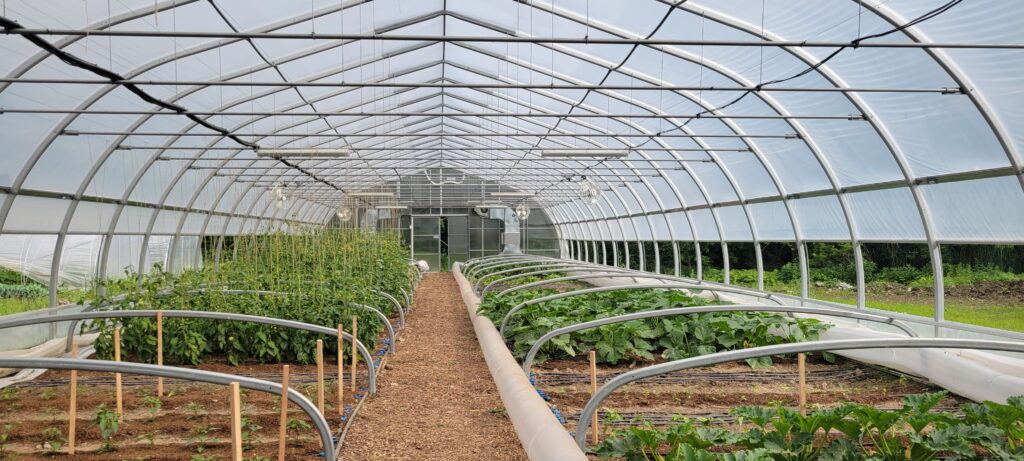

Good to now: optimal gothic greenhouse structure let pass the maximum of light for the plant and radiation to heat the growing area (greenhouse effect). Moreover, using a 7.2 mil polyethylene type with high light penetration (90-91%) properties and an anti-dripping (internal) treatment will be a game-changer for your energy efficient high tunnel. Indeed, you can have much more condensation inside your greenhouse with a traditional polyethylene without anti-drip treatment.
4/ Ventilation:
- Install HAF or VAF ventilation systems (depending the crops) to regulate temperature and humidity inside the growing area. In fact, air circulation evens out the air and, above all, redistributes less dense warm air to the plants.
- Utilize passive ventilation techniques such as sides roll-ups and mid-roof vents (motorized) to renew the air inside the growing area draining out the excess humidity too.
- Utilize positive pressure ventilation can properly ventilate a greenhouse during cold months. Indeed, the cold air cannot be push directly to the plant. You can use of a pre-drilled tube for slower, targeted diffusion at the base of plants.
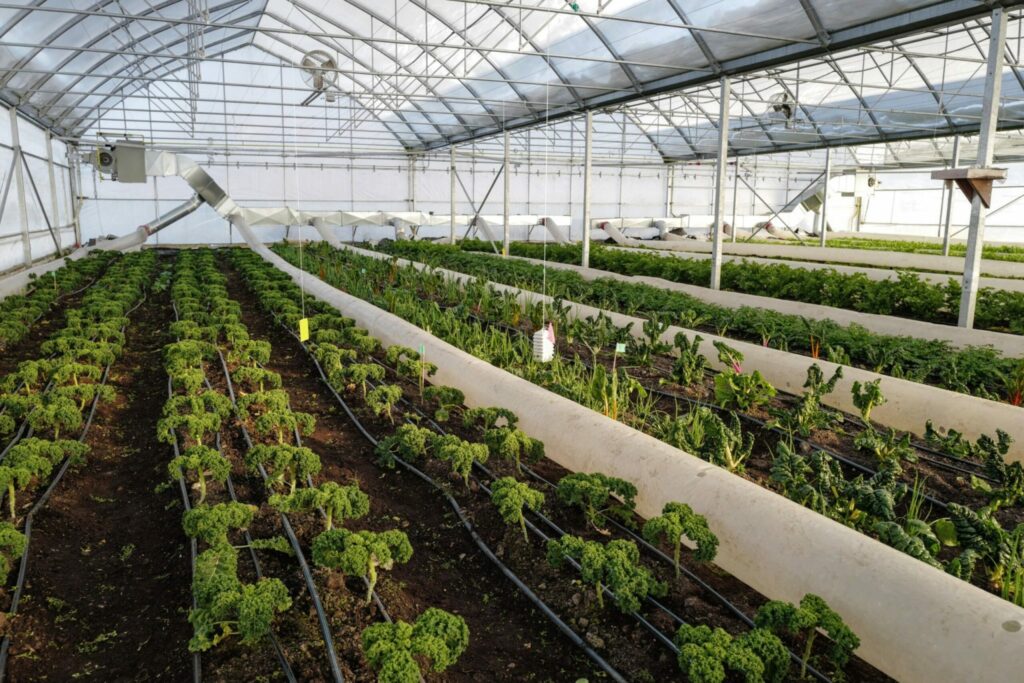
5/ Heating System:
- Choose an energy-efficient heating system, such as a high-efficiency propane or natural gas heater, or consider alternative energy sources like solar or geothermal heating.
- In fact, natural gas (when available on site) is often the most efficient heating source for a small or medium greenhouse operation.
- Install a thermostat connected to a climate computer to control the heating system and prevent unnecessary energy consumption.
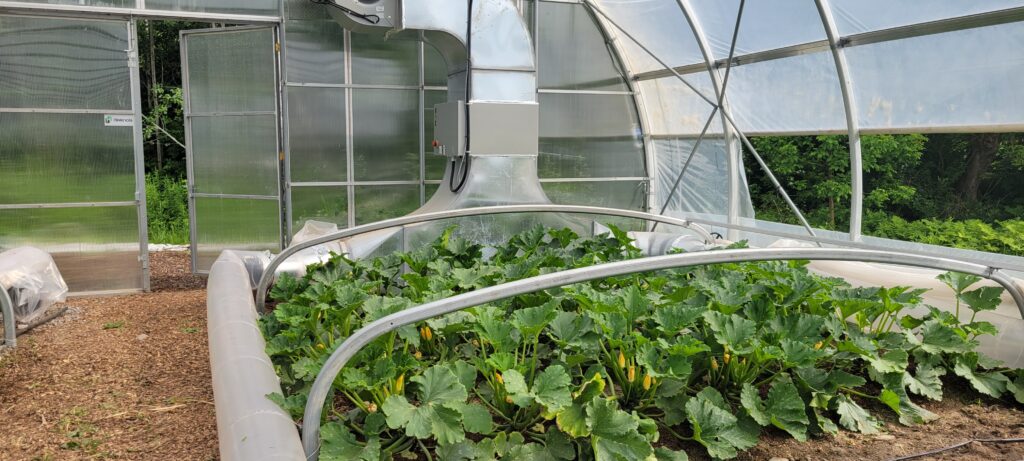
Good to know: A bi-energy system combining two energy sources like propane and electricity is becoming more and more popular especially in the regions where the electricity is cheaper like in Quebec, Canada.
6/ Thermal heat retention:
In a high tunnel, your best friend is often the nature. Indeed, the sun radiation passing through the roof will create what we call the greenhouse effect. At the end of a sunny day, you can keep the heat emitted inside the growing the greenhouse using a thermal clothe screen system.
What is more, it is possible to add an additional structure in your greenhouse to amplify the “greenhouse effect phenomena” keeping the heat closer to the plant. One of the challenge will be to use the right thermal clothe letting the light pass through with the capacity to control the humidity. The more horizontal the system, the less heat is lost through conduction.
Below two examples of system installed in an Ovaltech ground-to-ground greenhouse:

Source : CETAB+ / Construction d’une enrouleuse pour couvertures flottantes en serre froide (video in French only)
7/ Cooling System:
- Implement shading techniques to prevent overheating, such as shade cloth or shade paints.
- Use natural ventilation as much as possible to cool the greenhouse. Natural ventilation using motorized roof vents and sides roll-ups are the most efficient system that consume the least energy.
- In order to keep a cooler and consistent temperature at the crops level, it is also better to use a large greenhouse structure (30′ to 42′ wide) to get enough volume for the hot air and excess humidity to be evacuate passively.
- Adiabatic cooling system or a chiller can also be used but those systems are less energy efficient than passive ventilation.
8/ Water Management:
- Install a rainwater harvesting system to collect and store water for irrigation.
- Use a drip irrigation system to minimize water wastage and maintain optimal soil moisture
- Utilize a hydroponic growing system in closed circuit to reduce water consumption by up to 90%. Fertilizer requirements will also be much lower.
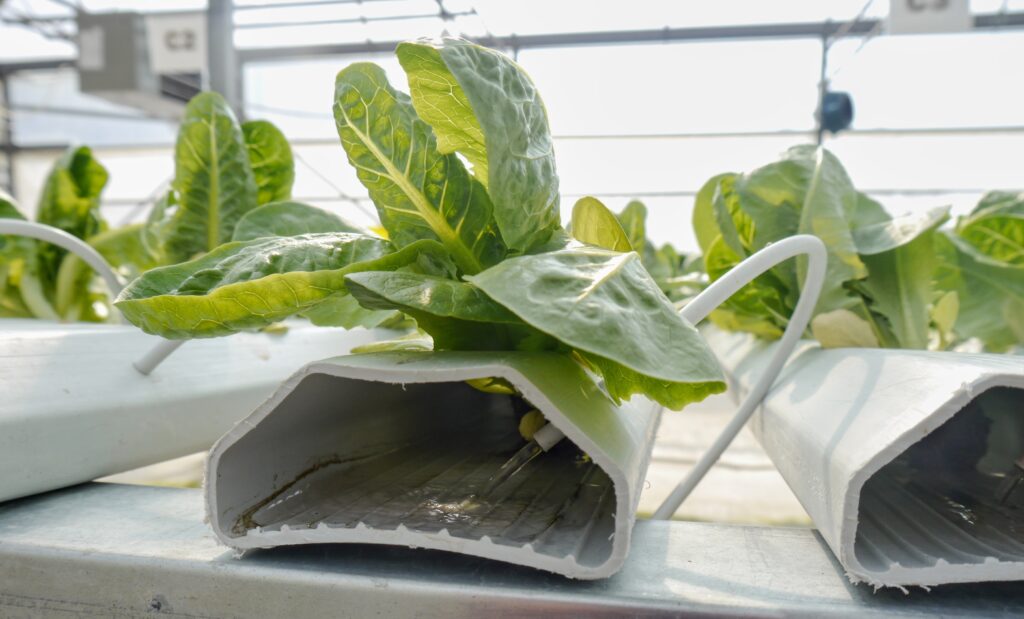
10/ Automation and Controls:
- Invest in a climate control system with sensors to monitor and regulate temperature, humidity, and other environmental factors.
- Implement an irrigation system with moisture sensors to optimize water usage.
11/ Monitoring and maintenance:
- Regularly inspect and maintain the greenhouse to identify and address any energy inefficiencies promptly.
12/ Training and Education:
- Train staff on energy-efficient practices and encourage a culture of energy conservation.
Conclusion
Remember to check local building codes and regulations when planning and constructing your high tunnel greenhouse, as they may vary by location.
Consulting with experts or professionals in greenhouse design and horticulture can provide valuable insights tailored to your specific needs and conditions.
Sources:
Climate-battery energy savings low tech greenhouse system

How To Properly Ventilate Your Greenhouse and Why this is Essential in Your Success:
https://themarketgardener.com/farming-techniques/how-to-properly-ventilate-your-greenhouse-and-why-this-is-essential-in-your-success/

NRCS High Tunnel Initiative: Grants for High Tunnels Greenhouses:
https://www.harnois.com/en/blog-nrcs-approved-high-tunnel-initiatives/
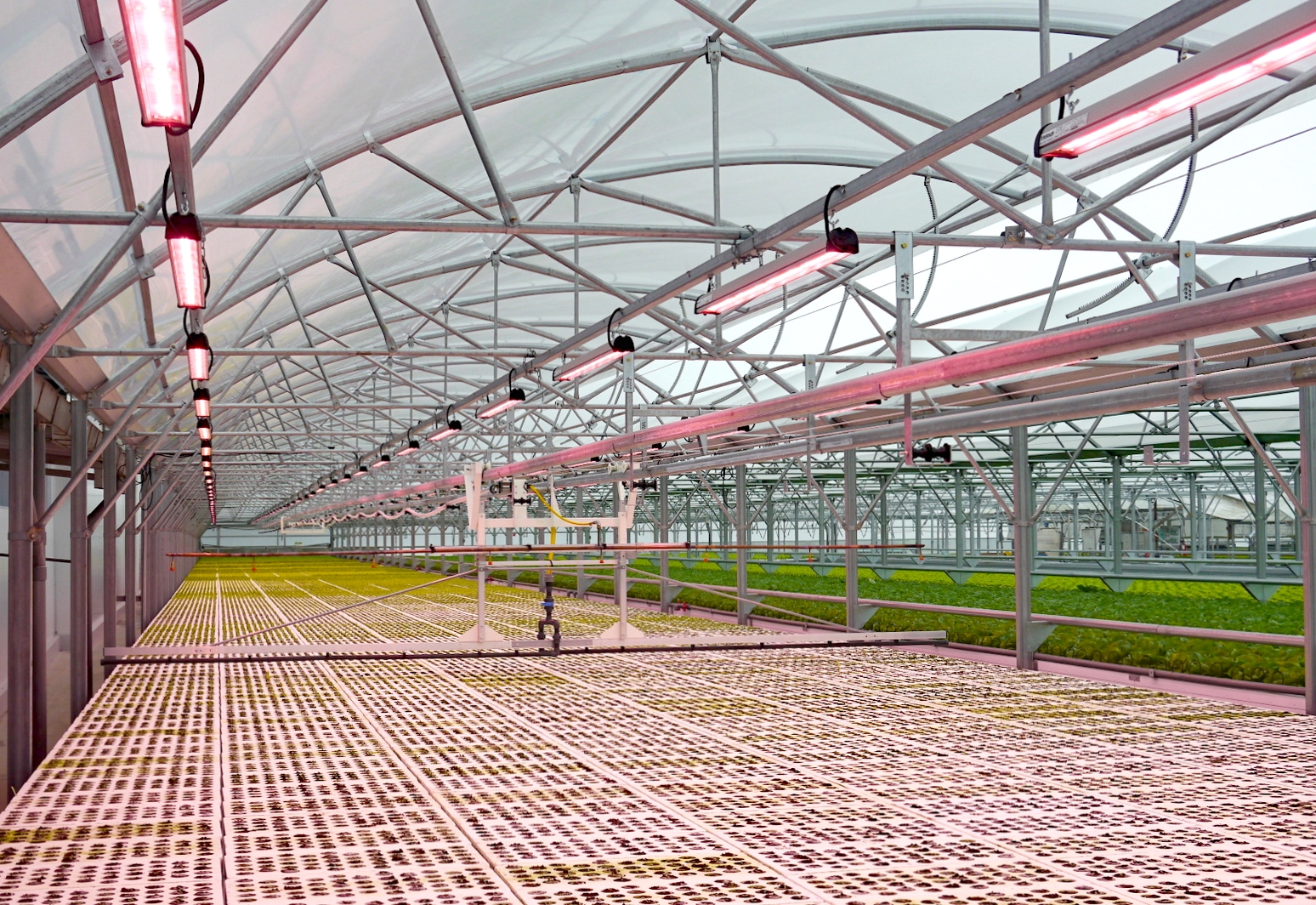


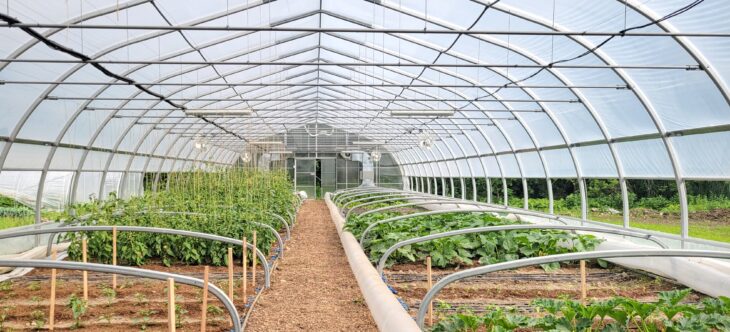
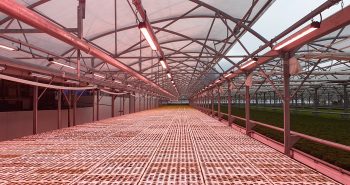
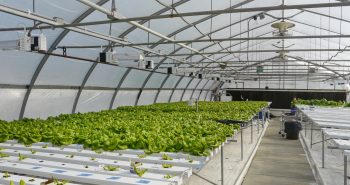
[…] the recent article about Energy efficient high tunnel greenhouse system, I went on the field to visit the CETAB+ which is an Institutional school doing Research & […]